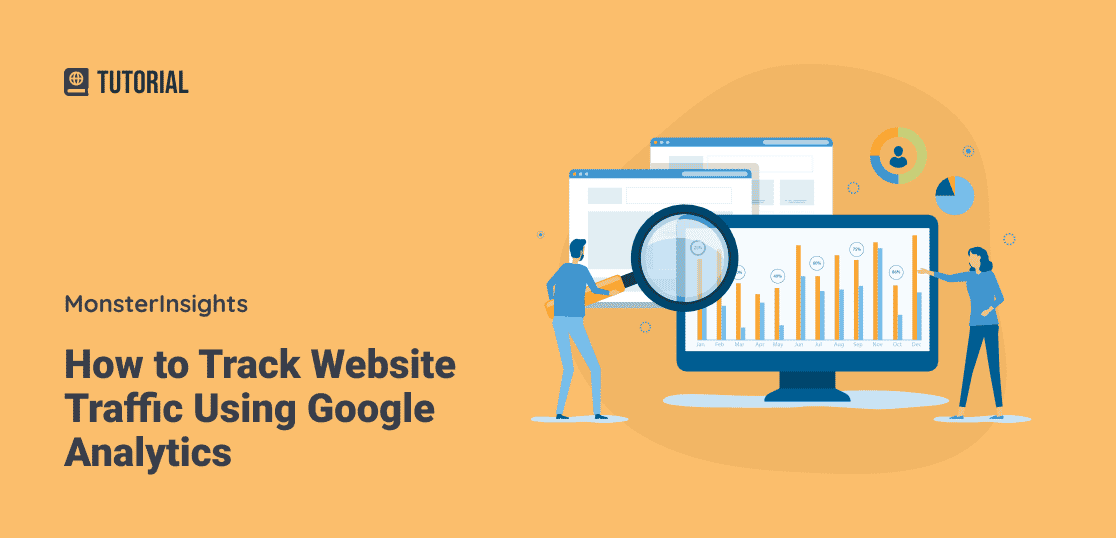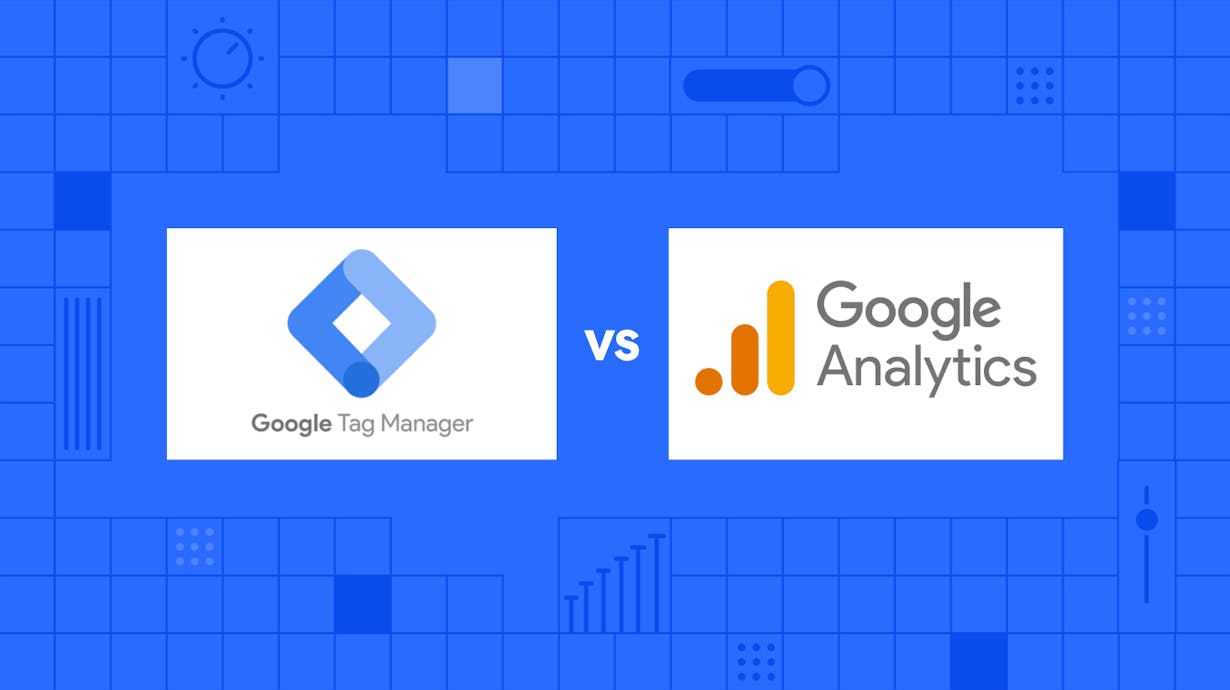Debunking What Is Not Considered a Source in Google Analytics by Default
Debunking What Is Not Considered a Source in Google Analytics by Default
Blog Article
Utilizing the Complete Possible of Google Analytics for Company Growth
In the realm of digital company techniques, Google Analytics stands as a stalwart tool for organizations seeking to navigate the complexities of online information. Its capacities expand far past simple site traffic monitoring, offering a wealth of understandings that, when harnessed effectively, can drive significant development and success. As services aim to make educated decisions and optimize their on-line visibility, the concern develops: Exactly how can one absolutely unlock the complete capacity of Google Analytics to propel service development and attain critical objectives? This discussion intends to clarify the untapped possibilities and strategic techniques that can change the way businesses utilize this effective system.
Establishing up Google Analytics Account
Establishing your Google Analytics account is a necessary initial action in successfully tracking and analyzing information for your organization growth. To start, check out the Google Analytics site and check in with your Google account. Next, click "Start free of cost" and follow the motivates to set up your account by offering details regarding your site, such as the name, URL, industry group, and reporting time zone.
After finishing these actions, you will certainly obtain a tracking ID, which is a special code that you require to include in your website. This code enables Google Analytics to accumulate information and generate reports based upon the task happening on your site. You can add this tracking ID manually to your web site's HTML code or make use of a plugin if you are using a platform like WordPress.

Recognizing Trick Metrics

Traffic Resources: Recognizing where your site web traffic is originating from (direct, organic search, social media sites, referrals) assists in customizing your advertising and marketing strategies to concentrate on channels that drive one of the most site visitors.
Bounce Price: This metric shows the percentage of visitors who navigate away from your site after checking out just one web page - What Is Not Considered A Source In Google Analytics By Default. A high bounce price may signal problems with website use or content significance
Conversion Price: Tracking the percent of visitors who finish a wanted action, such as making an acquisition or authorizing up for a newsletter, is critical for reviewing the performance of your web site in attaining business objectives.
Pageviews: Monitoring the number of times each web page on your website is watched offers insights right into preferred web content and individual interaction levels.
Executing Custom-made Tracking
To enhance the depth of understandings collected from Google Analytics, services can profit dramatically by including personalized monitoring techniques tailored to their specific objectives. Customized tracking enables companies to track distinct data points that are not captured by default in Google Analytics. By executing custom monitoring, firms can gain a more comprehensive understanding of customer habits, conversion patterns, and other key metrics that are essential for making notified business decisions.
One typical method of personalized monitoring is establishing up occasion monitoring to keep track of particular user interactions on a web site, such as clicks on buttons, video views, or downloads. This allows companies to evaluate the performance of their internet site aspects and advertising and marketing projects a lot more exactly.
Additionally, businesses can develop personalized measurements and metrics to track and assess data that specifies to their sector or service version. As an example, an ecommerce company might establish custom monitoring to keep an eye on the performance of different item groups or customer sections.
Examining Conversion Courses
By leveraging the understandings got from personalized tracking methods, organizations can now concentrate on assessing conversion courses to further refine their understanding of user habits and enhance their conversion approaches. Analyzing conversion courses involves taking a look at the sequence of steps customers take in the past completing a desired activity, such as making a purchase or signing up for a solution. By delving into the conversion paths within Google Analytics, companies can determine typical paths that bring about conversions, see this page in addition to any kind of traffic jams or drop-off points that may hinder the conversion process.
Through the evaluation of conversion courses, organizations can obtain useful understandings right into the efficiency of their web site design, content, and calls to activity. This information can assist companies make informed decisions regarding where to assign resources for optimal impact on conversion prices. By comprehending the different paths customers handle their journey to conversion, companies can tailor their advertising and marketing approaches to much better guide customers via the conversion channel and ultimately boost their overall conversion prices.
Making Use Of Advanced Attributes
Use the complete possibility of Google Analytics by exploring its advanced features to enhance your business's data-driven decision-making capacities. One advanced function worth utilizing is personalized reporting. Custom records allow you to customize the data displayed to satisfy your particular organization requirements and purposes. By producing personalized records, you can focus on the metrics that matter most to your company, gaining much deeper understandings into customer behavior, conversions, and various other essential efficiency indicators.
Additionally, progressed division lets you analyze various subsets of your website's website traffic to determine chances, patterns, and trends. By segmenting your target market based on different standards like demographics, habits, or traffic resources, you can better recognize their preferences and customize your advertising techniques as necessary. Leveraging these advanced attributes in Google Analytics can offer valuable understandings that drive informed decision-making and eventually add to your service's growth.
Final Thought
Finally, taking advantage of the full capacity of Google Analytics for business growth entails establishing an account, comprehending key metrics, applying customized monitoring, evaluating conversion courses, and making use of advanced functions. By making use of these techniques successfully, businesses can acquire useful understandings into their site efficiency, customer actions, and conversion rates. This data-driven method can assist organizations make Recommended Site informed decisions, enhance their on-line presence, and ultimately accomplish sustainable growth.
As services make every effort to make informed decisions and optimize their online presence, the question arises: How can one really open the full potential of Google Analytics to thrust organization growth and achieve tactical goals?To improve the depth of insights gathered from Google Analytics, companies can benefit substantially by including custom-made monitoring techniques tailored to their certain goals. Customized tracking allows businesses to track unique information factors that are not caught by default in Google Analytics. By delving into the conversion courses within Google Analytics, organizations can recognize typical paths that lead to conversions, as well as any bottlenecks or drop-off factors that might hinder the conversion process.
In verdict, utilizing the complete capacity of Google Analytics for company development entails setting up an account, understanding key metrics, applying custom-made tracking, analyzing conversion courses, and using advanced attributes.
Report this page